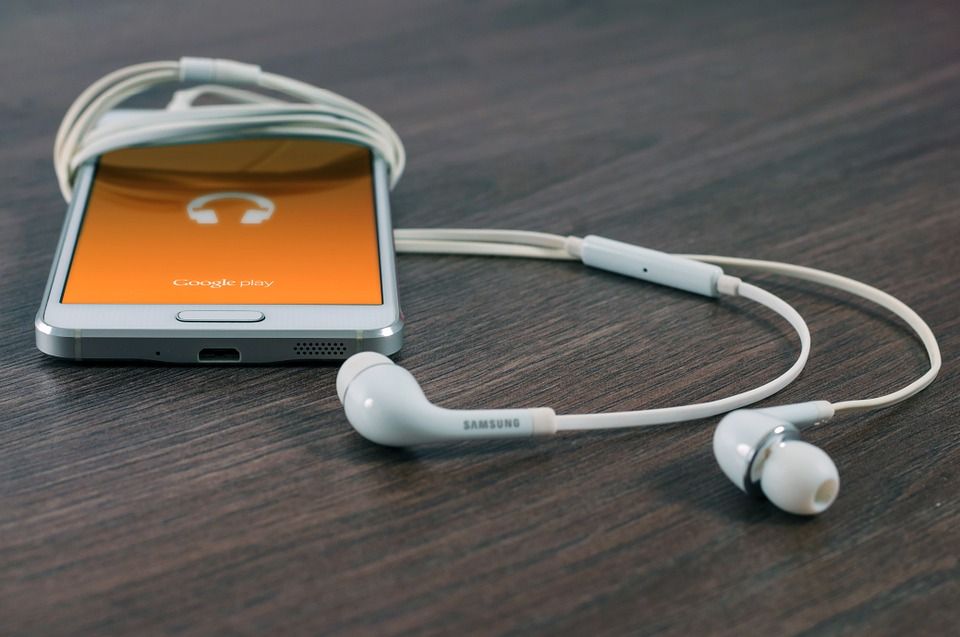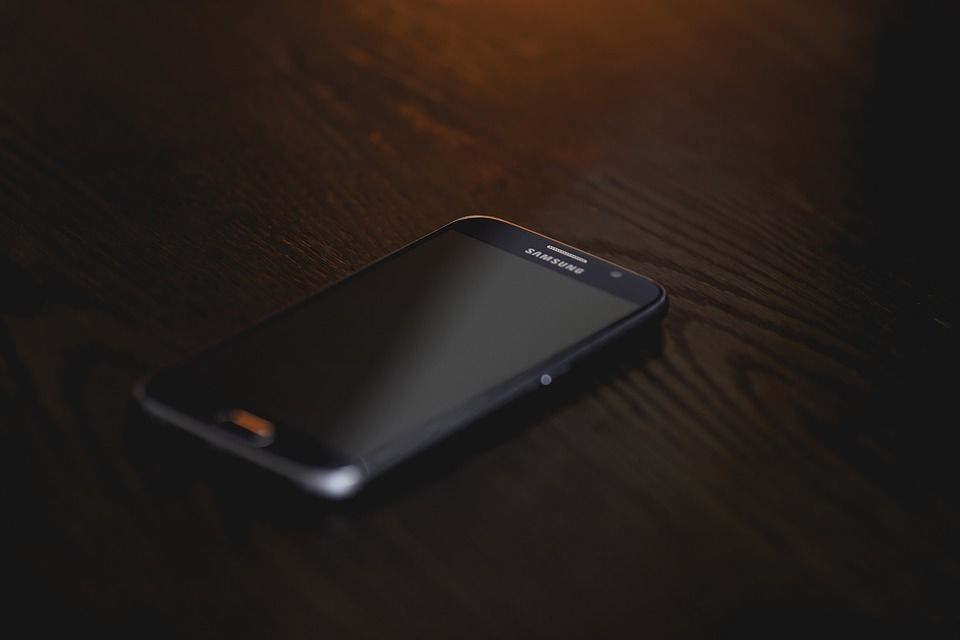By: Bob Kernen
You’ve probably noticed the buzz around podcasting lately. You know it’s gone mainstream when the NY Times puts it on the front page of its Sunday business section as it did on May 8. One of the best things about the apps we build here at jācapps is the podcasting feature. It is second only to the stream in popularity.
And the podcasting numbers back that up. Last year 46 million Americans listened to a podcast, and this year that number is expected to hit 57 million, according to Edison Research. What was once a niche has gone mainstream, as evidenced by the 110 million downloads of NPR’s “Serial” podcast last year. But those numbers present some challenges. As the Times article describes, the only currently reliable metric for podcasts is downloads, but that is a pretty rough metric, especially for advertisers who have no idea if their ads in the podcast are even being heard.
But with the numbers and the trend lines headed straight up, it is inevitable that these problems will ultimately be solved. That’s where some of the most innovative players in the space are focused. Companies like Art19 are working out issues of measurement and monetization in some incredibly clever ways. Others, like Clammr, are tackling the issue of content discovery in a universe of as many as 350,000 different podcasts. Of course, long-time podcast players like Libsyn, Blubrry, Midroll (acquired by Scripps last year) and Spreaker, as well as big dogs like Apple and Google are in the space as well. Apple basically invented the concept, and loaned it the name since “podcast” originally referred to the iPod. Google via their Android operating system has had a less consistent relationship, dropping its own podcasting app in 2012 only to reintroduce a podcast directory this year.
What does it all mean? If you want to learn more about the podcasting space and meet lots of people doing it you should think about attending Podcast Movement in Chicago this July.
Radio has many of the elements necessary for success in podcasting:
- Talent and expertise in audio production
- Skills and experience in audio storytelling
- Built in distribution channels (website and mobile app)
- On-air promotional channel
What all of these tools mean is that your station can create more professional, better produced content than much of the “two guys with a mic” content that is so prevalent in the podcasting world. Be prepared that it may take time to find the program that connects, but the best way to find it is to get as many at-bats as possible. The marginal cost of creating a show is so low, that it pays to try lots of different topics, talent and approaches. You’ll also find that a little production value goes a long way.
And once you’ve produced it, you can use your on-air broadcast to help that new, on-demand content find its audience. So unlike other podcasters who battle each other to connect with Apple’s one (yes, one) employee in charge of deciding who gets promotion on the iTunes Store, you can reach out to your entire audience. And with advertising CPMs of $20 – $100, it’s possible to turn a successful podcast into real revenue.
To learn more about Podcast Movement or your mobile strategy contact us at 248-353-9030 or email sales@jacapps.com.












